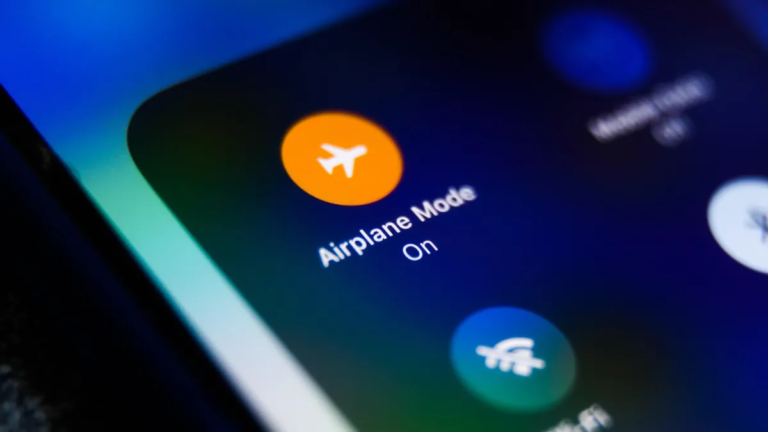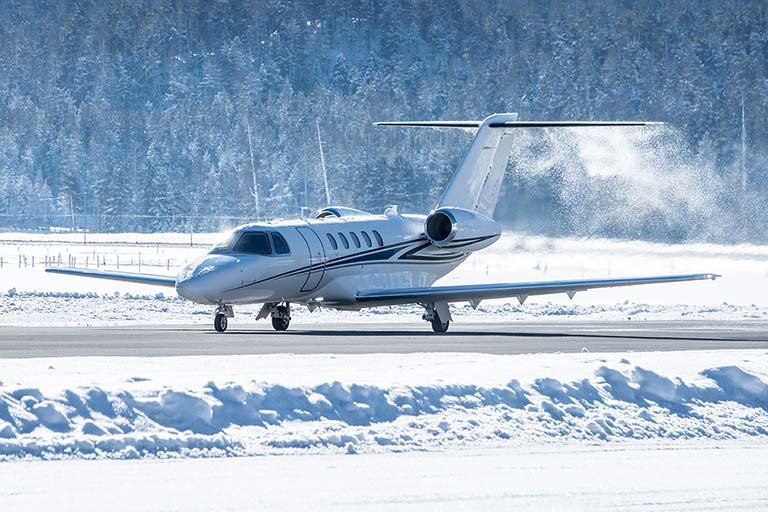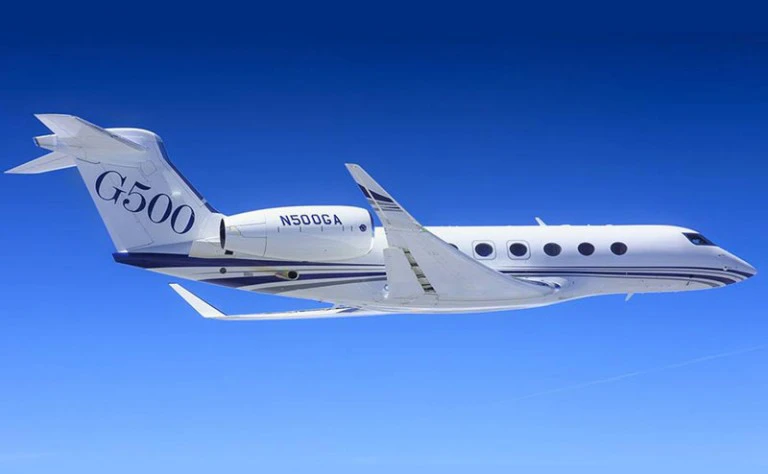How Much Do Private Jet Charter Companies Make
Private jet charter companies can make significant revenue. Their earnings vary widely based on factors like fleet size, clientele, and service quality.
Private jet chartering is a lucrative business. The demand for private jets has been growing steadily. High-net-worth individuals and businesses often prefer private jets for convenience and privacy. This demand drives the earnings of charter companies. Rates can range from a few thousand to tens of thousands of dollars per flight hour.
The overall income depends on flight frequency, operational costs, and market demand. Understanding how much these companies make can offer insights into the luxury travel industry. It also helps to grasp the economic impact of private aviation. Let’s explore how these companies generate their impressive revenues.
Factors Influencing Earnings
Understanding the earnings of private jet charter companies involves examining several key factors. These factors directly impact how much revenue a company can generate. Let’s explore the primary elements that influence these earnings.
Market Demand
Market demand plays a crucial role in determining earnings. High demand leads to increased bookings and higher revenues. Demand can fluctuate based on:
- Seasonality: Peak travel seasons see higher demand.
- Economic conditions: Strong economies boost demand for luxury travel.
- Corporate travel needs: Businesses require private jets for executive travel.
Understanding these demand drivers helps companies anticipate revenue trends and adjust strategies accordingly.
Operational Costs
Operational costs significantly impact a company’s profitability. These costs include:
- Fuel expenses: Fuel prices directly affect operating costs.
- Maintenance: Regular maintenance ensures safety but adds to costs.
- Staff salaries: Pilots, crew, and ground staff require competitive pay.
- Insurance: Comprehensive insurance is essential but costly.
Effective cost management ensures that the company remains profitable despite high operational expenses.
Private jet charter companies must balance these costs with revenue to achieve financial success.
Revenue Streams
Private jet charter companies have various revenue streams. These streams help ensure profitability and sustainability. Let’s explore the primary sources of income.
Charter Fees
Charter fees are the main source of income for private jet companies. Clients pay these fees to rent a jet for a specific trip. The fees vary based on several factors:
- Aircraft type: Larger jets cost more than smaller ones.
- Distance: Longer trips have higher fees.
- Duration: Extended rentals increase the total cost.
- Additional services: Catering and ground transportation add to the bill.
On average, charter fees can range from $2,000 to $20,000 per hour. This wide range ensures that all client needs and budgets are met.
Membership Programs
Many companies offer membership programs to frequent flyers. These programs provide clients with various benefits:
- Discounted rates: Members often get lower hourly rates.
- Priority booking: Members can book flights more easily.
- Exclusive services: Members get access to special perks.
Membership programs create a steady stream of income. They encourage client loyalty. Here are some common membership models:
| Model | Details |
|---|---|
| Jet Card | Prepaid hours of flight time. Usually in blocks of 25 hours. |
| Fractional Ownership | Clients own a share of a jet. They pay a monthly fee. |
| Monthly Subscription | Clients pay a monthly fee. They get a set number of flights. |
These programs provide predictable revenue. They also enhance customer retention. This combination helps private jet companies thrive.
Cost Structure
Private jet charter companies must manage various costs to stay profitable. These costs can be broken down into fixed costs and variable costs. Understanding the cost structure helps in evaluating how much these companies can make.
Fixed Costs
Fixed costs do not change with the number of flights. They are constant, regardless of business activity. Some examples of fixed costs include:
- Aircraft Purchase or Lease: Buying or leasing jets is a significant investment. It requires substantial capital.
- Hangar Fees: Storing jets in hangars incurs regular fees.
- Insurance: Aviation insurance is mandatory. It covers risks and damages.
- Staff Salaries: Pilots, crew members, and administrative staff need regular salaries.
- Maintenance: Regular maintenance ensures the aircraft are safe and operational.
Variable Costs
Variable costs fluctuate based on the number of flights. They vary with business activity. Key variable costs include:
- Fuel: Fuel costs depend on the distance and number of flights. It is one of the biggest variable costs.
- Landing Fees: Airports charge fees for landing and takeoff. These fees vary by airport and location.
- In-Flight Catering: Catering services depend on customer requests. Costs rise with higher demand for luxury services.
- Ground Services: Services like baggage handling and aircraft cleaning vary with each flight.
- Crew Overtime: Additional hours for pilots and crew members increase with more flights.
By managing both fixed and variable costs efficiently, private jet charter companies can maximize their profits.
Profit Margins
Understanding the profit margins in the private jet charter industry is key. It helps grasp how these companies stay afloat and thrive. This section delves into average margins, and examines high and low scenarios.
Average Margins
Private jet charter companies typically have average profit margins ranging from 10% to 30%. These margins depend on various factors. Fleet size, operational costs, and client demand all play a role.
Let’s break it down:
- Small operators: Around 10% – 15% margins
- Medium-sized operators: Around 20% – 25% margins
- Large operators: Around 25% – 30% margins
These percentages give a general idea. The actual figures can vary based on specific business models.
High And Low Scenarios
In high-margin scenarios, private jet charter companies may see margins up to 40%. This occurs when demand is high, costs are low, and operations are streamlined.
Conversely, low-margin scenarios may see margins dip to 5% or below. This often happens during economic downturns, when demand drops, but operational costs remain steady.
Here’s a comparison table for better clarity:
| Scenario | Profit Margin |
|---|---|
| High | Up to 40% |
| Average | 10% – 30% |
| Low | 5% or below |
Understanding these scenarios helps in grasping the financial dynamics of the industry.
In essence, profit margins in the private jet charter industry fluctuate. They depend on a myriad of factors, both internal and external.
Market Competition
The private jet charter industry is highly competitive. Many companies vie for a share of this luxury market. Understanding the dynamics of market competition helps gauge how much private jet charter companies can make.
Major Players
Several major players dominate the private jet charter market. These companies have established themselves with a strong reputation and extensive fleet.
- NetJets: One of the largest and most well-known operators.
- VistaJet: Known for its global reach and exceptional service.
- JetSuite: Offers a range of jets and flexible membership plans.
- Flexjet: Provides fractional ownership and charter services.
Competitive Strategies
Companies employ various competitive strategies to stay ahead. These strategies help them attract and retain clients.
- Fleet diversity: Offering a variety of aircraft to suit different needs.
- Membership programs: Providing exclusive benefits to loyal customers.
- Technology integration: Utilizing advanced booking platforms and apps.
- Personalized services: Catering to specific client preferences and needs.
Pricing strategies also play a crucial role. Competitive pricing can attract more clients, but companies must balance costs and profits.
Here is a quick comparison of the key strategies:
| Company | Fleet Diversity | Membership Programs | Technology Integration | Personalized Services |
|---|---|---|---|---|
| NetJets | High | Yes | Yes | High |
| VistaJet | Medium | Yes | Yes | High |
| JetSuite | Medium | Yes | Yes | Medium |
| Flexjet | High | Yes | Yes | High |
By focusing on these strategies, private jet charter companies can enhance their market position and profitability.
Economic Impact
Private jet charter companies significantly impact the global economy. These companies not only cater to the wealthy but also drive various industries. Their operations influence luxury markets and respond to economic changes.
Luxury Market Trends
The demand for private jets rises with luxury market trends. Wealthy individuals and corporations prioritize convenience and exclusivity. This demand pushes charter companies to upgrade their fleets and services. Advanced technology and premium services cater to the affluent market.
Luxury travelers seek seamless experiences. Private jet companies provide personalized services, gourmet catering, and lavish interiors. This attention to detail boosts their profitability.
The luxury market’s growth affects private jet usage. Increased wealth in emerging economies also contributes. High-net-worth individuals in these regions opt for private charters, enhancing industry revenue.
Economic Downturn Effects
Economic downturns impact private jet charters differently. During recessions, some companies reduce their charter budgets. This leads to lower demand and revenue.
Conversely, economic instability sometimes increases demand. Wealthy individuals prefer private jets over commercial flights for safety and flexibility. This can offset potential losses from corporate cutbacks.
Private jet companies adapt to economic changes by offering flexible pricing. They also introduce membership programs and fractional ownership. These strategies help maintain steady revenue streams.
Despite economic fluctuations, private jet charter companies remain resilient. They continuously adjust their offerings to meet market demands. This adaptability sustains their economic impact.
Future Projections
The private jet charter industry is evolving rapidly. Companies are seeing significant growth and changes due to various factors. Understanding future projections helps in comprehending the potential earnings and market dynamics in the coming years.
Industry Growth
The private jet charter industry is expected to grow steadily. Increasing demand from business travelers and high-net-worth individuals boosts the market. More people are opting for private jets due to convenience and safety. A report by Market Research Future predicts a growth rate of 5.2% annually from 2023 to 2030.
Several factors contribute to this growth. Economic development in emerging markets leads to higher disposable incomes. More companies are using private jets for business travel, reducing travel time and increasing efficiency.
| Year | Growth Rate |
|---|---|
| 2023 | 4.8% |
| 2024 | 5.0% |
| 2025 | 5.2% |
Technological Advancements
Technological advancements are shaping the future of private jet charters. New technologies improve efficiency and reduce costs. For example, advancements in fuel-efficient engines lower operational costs. This leads to better profitability for charter companies.
Innovations in aviation software make booking and managing flights easier. Companies use advanced analytics to optimize routes and schedules. This increases customer satisfaction and loyalty.
- Real-time tracking systems
- Advanced booking platforms
- Improved in-flight entertainment
These advancements attract more customers, increasing revenue for private jet charter companies. The future looks promising with continuous technological improvements.
Frequently Asked Questions
How Do Private Jet Charter Companies Earn Revenue?
Private jet charter companies earn revenue by renting out jets. They charge per flight hour, additional services, and membership fees.
What Factors Affect Private Jet Charter Profits?
Private jet charter profits are influenced by demand, operating costs, fuel prices, and market competition.
Do Private Jet Charter Companies Have High Operating Costs?
Yes, private jet charter companies have high operating costs, including maintenance, fuel, crew salaries, and insurance.
Are Private Jet Charter Services Profitable?
Yes, private jet charter services can be profitable, especially in high-demand markets with efficient operations.
Conclusion
Private jet charter companies make significant profits. Their earnings depend on several factors. These include the number of flights, types of jets, and customer demand. High-end services and personalized experiences attract wealthy clients. This leads to steady revenue growth. Costs like maintenance and fuel also impact profits.
Despite these expenses, the private jet industry remains lucrative. For those interested, understanding these dynamics offers valuable insight. The future looks promising for private jet charter businesses.





